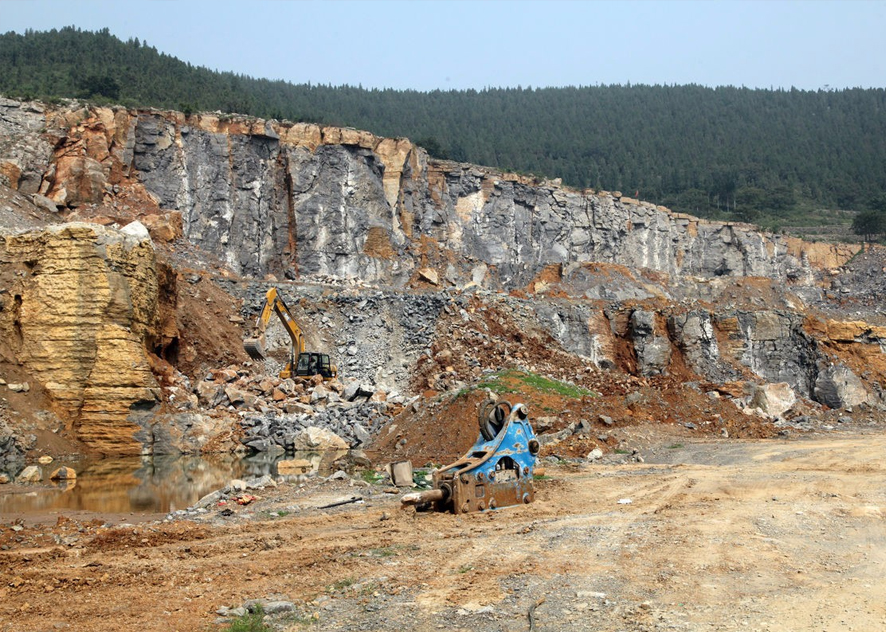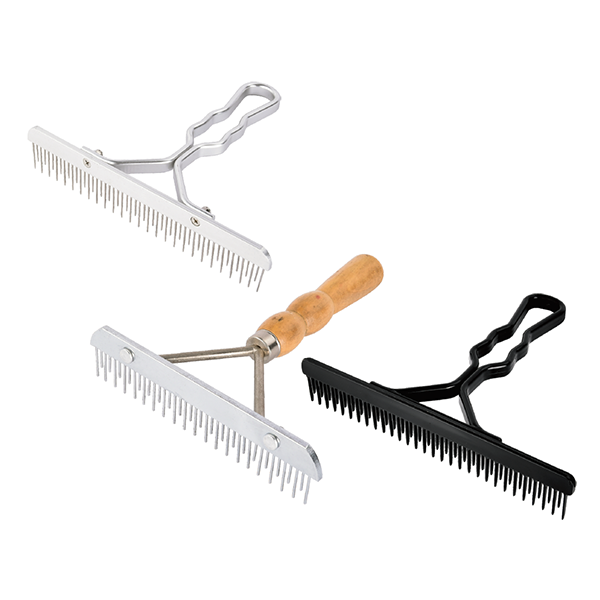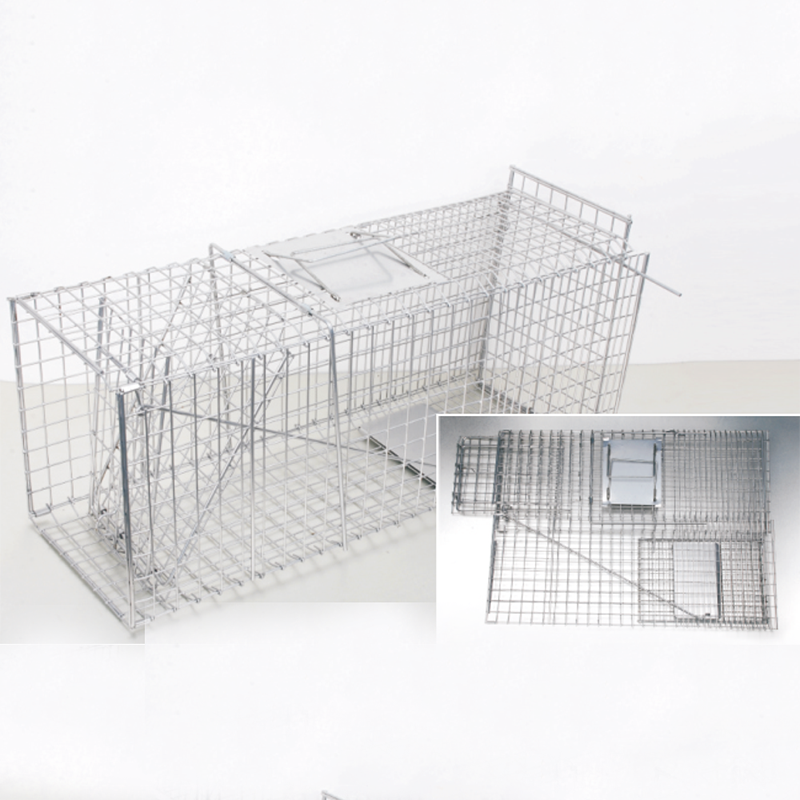Mining is an important industrial activity. In order to ensure safe and efficient mining operations, various technologies are widely used. So what are the applications of electric heating tapes in mining?
1. Protect conveyor belt system
Antifreeze and thermal insulation
In mines in cold areas, conveyor belt systems often freeze due to low temperatures, thus hindering the transportation of materials. The use of electric heating tape for heat preservation can prevent the conveyor belt from freezing and ensure the continuous transportation of materials.

Prevent scaling
In some ore mining processes, the ore contains moisture and some substances that are prone to scaling. The pipes, feeding ports and other parts of the conveyor belt system are prone to scaling, which affects the flow of materials. The heating ability of electric heating tape can prevent the occurrence of scaling and ensure the normal operation of the system.
2. Prevent ore accumulation and freezing
Ore accumulation prevention
During the mining process, ore often accumulates in the funnel mouths, conveying pipelines and other parts of each equipment, causing equipment blockage and shutdown. Using electric heating tape for heating can prevent the accumulation of ore and maintain the flow of materials.
Prevent ore from freezing
In a low-temperature environment, ore easily freezes, causing adhesion of the ore and affecting the mining and transportation efficiency of the ore. Heating the ore through electric heating tape can prevent the occurrence of freezing and improve production efficiency.
In addition, in low-temperature environments, pipelines often break due to freezing, causing production interruptions and safety hazards. Using electric heating tape to heat pipes can prevent freezing and cracking and ensure the safety of equipment.

 English
English Español
Español Português
Português русский
русский français
français 日本語
日本語 Deutsch
Deutsch Tiếng Việt
Tiếng Việt Italiano
Italiano Nederlands
Nederlands ไทย
ไทย Polski
Polski 한국어
한국어 Svenska
Svenska magyar
magyar Malay
Malay বাংলা
বাংলা Dansk
Dansk Suomi
Suomi हिन्दी
हिन्दी Pilipino
Pilipino Türk
Türk Gaeilge
Gaeilge عربى
عربى Indonesia
Indonesia norsk
norsk اردو
اردو čeština
čeština Ελληνικά
Ελληνικά Українська
Українська Javanese
Javanese فارسی
فارسی தமிழ்
தமிழ் తెలుగు
తెలుగు नेपाली
नेपाली Burmese
Burmese български
български ລາວ
ລາວ Latine
Latine Қазақ
Қазақ Euskal
Euskal Azərbaycan
Azərbaycan slovenský
slovenský Македонски
Македонски Lietuvos
Lietuvos Eesti Keel
Eesti Keel Română
Română Slovenski
Slovenski मराठी
मराठी Српски
Српски 简体中文
简体中文 Esperanto
Esperanto Afrikaans
Afrikaans Català
Català עִברִית
עִברִית Cymraeg
Cymraeg Galego
Galego 繁体中文
繁体中文 Latvietis
Latvietis icelandic
icelandic יידיש
יידיש Беларус
Беларус Hrvatski
Hrvatski Kreyòl ayisyen
Kreyòl ayisyen Shqiptar
Shqiptar Malti
Malti lugha ya Kiswahili
lugha ya Kiswahili አማርኛ
አማርኛ Bosanski
Bosanski Frysk
Frysk ជនជាតិខ្មែរ
ជនជាតិខ្មែរ ქართული
ქართული ગુજરાતી
ગુજરાતી Hausa
Hausa Кыргыз тили
Кыргыз тили ಕನ್ನಡ
ಕನ್ನಡ Corsa
Corsa Kurdî
Kurdî മലയാളം
മലയാളം Maori
Maori Монгол хэл
Монгол хэл Hmong
Hmong IsiXhosa
IsiXhosa Zulu
Zulu Punjabi
Punjabi پښتو
پښتو Chichewa
Chichewa Samoa
Samoa Sesotho
Sesotho සිංහල
සිංහල Gàidhlig
Gàidhlig Cebuano
Cebuano Somali
Somali Точик
Точик O'zbek
O'zbek Hawaiian
Hawaiian سنڌي
سنڌي Shinra
Shinra հայերեն
հայերեն Igbo
Igbo Sundanese
Sundanese Lëtzebuergesch
Lëtzebuergesch Malagasy
Malagasy Yoruba
Yoruba









